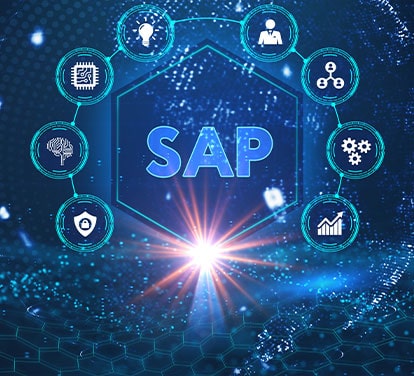Oracle On-Premises vs Cloud:
Making the right decision when you have multiple options can be problematic. With the evolution of cloud SaaS (Software as Service) offerings in the ERP space, decision-makers in IT departments must choose between on-premises and cloud applications. They must decide whether to upgrade to the latest on-premise EBS-12 or move to Fusion Cloud apps. But which is the best decision? While many decision-makers are still scratching their heads, 3000+ businesses have decided and implemented Oracle Cloud Fusion.
Oracle EBS to Oracle Fusion Migration
Up until the last few years, this was not an issue. CIOs, VPs, IT Directors, and senior managers were accustomed to using the tried and trusted on-premises Oracle R12 and were happy to do so. Oracle on-premises R12 is established and popular across many industries and user groups (Finance, Supply Chain, Manufacturing, Planning, etc.). Periodic upgrades (R12.0 to the latest R12.2.8) make it more current and relevant to changing IT needs. The dilemma began with the emergence/evolution/offering of the on-cloud Fusion application. During the initial release phase (Cloud App.), many R12 users chose not to consider it a serious option. Still, with more evidence, improved pricing models, operational costs, and ease of use, industry leaders have started to weigh their options seriously.
Why is the decision so complex?
There are many factors on a case-to-case basis that a company needs to address as a part of the decision-making process, but these are the most common:
- Change – Both products have different platforms, user interfaces, and processes. This change impacts everyone in the organization from top to bottom. Change comes with an impact on expenditure and overall operational efficiency.
- Spending/ Investments – To spend now or to postpone? What are the organizational spending priorities and roadmap? The cost of maintaining a current system verse the benefits of a proposed change. The treatment of spending in financial books, invest & depreciate versus monthly subscriptions as expenses are important factors to consider while choosing one over the other.
- Operational Impact – How will this impact day-to-day business, internally and externally? What will impact external business partners (customers, suppliers, and service providers)? How are you connected with them in terms of day-to-day business processes? It impacts the entire ecosystem. Is everyone willing to adapt to change?
- Application Maintenance – Daily maintenance post change is the key factor while choosing one over the the other. Impact on cost and operational matters are to be considered carefully.
- Employee Adoption – What is the average profile of your end users? Are they old and experienced or young and dynamic? Your employee demographics will help determine what is best for your business.
- Scalability – How dynamic is your business and prone to frequent changes? How quickly will your business be able to respond to upcoming changes in terms of IT management?
There are multiple ways to handle each of the above factors
- Permanent changes can be managed ASAP. Change assessment and management workshops may prove to be valuable tools.
- Financial decision-making techniques like Payback periods and Internal rates of Returns can be used to assess and decide the financial impact of the decision.
- Detail studies on the internal and external impact on business processes are necessary before deciding. They give great insight into which option to choose and provide inputs for project timelines and resultant costs during project execution.
- The implementation strategy is not enough. Your system will need to be maintained going forward to run daily. Managed Services can give you great insights into what best suits your organization.
- Oracle has committed its application unlimited program and offers periodic upgrades for scalability. Oracle support is available, and service requests can be raised to deal with specific issues.
There are unlimited wants and limited resources. Overall IT budgets are shrinking, the number of technologies/ IT solutions available is growing, and businesses need to manage the resources that are available and allocated to them.
The Question is – How?
Jade Global can help you decide what best suits your business. Our Cloud 360 Assessment is a comprehensive assessment strategy that includes all aspects of Cloud implementation to eliminate or reduce any uncertainty and prepare your organization to move to cloud successfully. At the end of this assessment, you will have a practical path aligned with your business goals. To learn more, visit cloud.jadeglobal.com.













